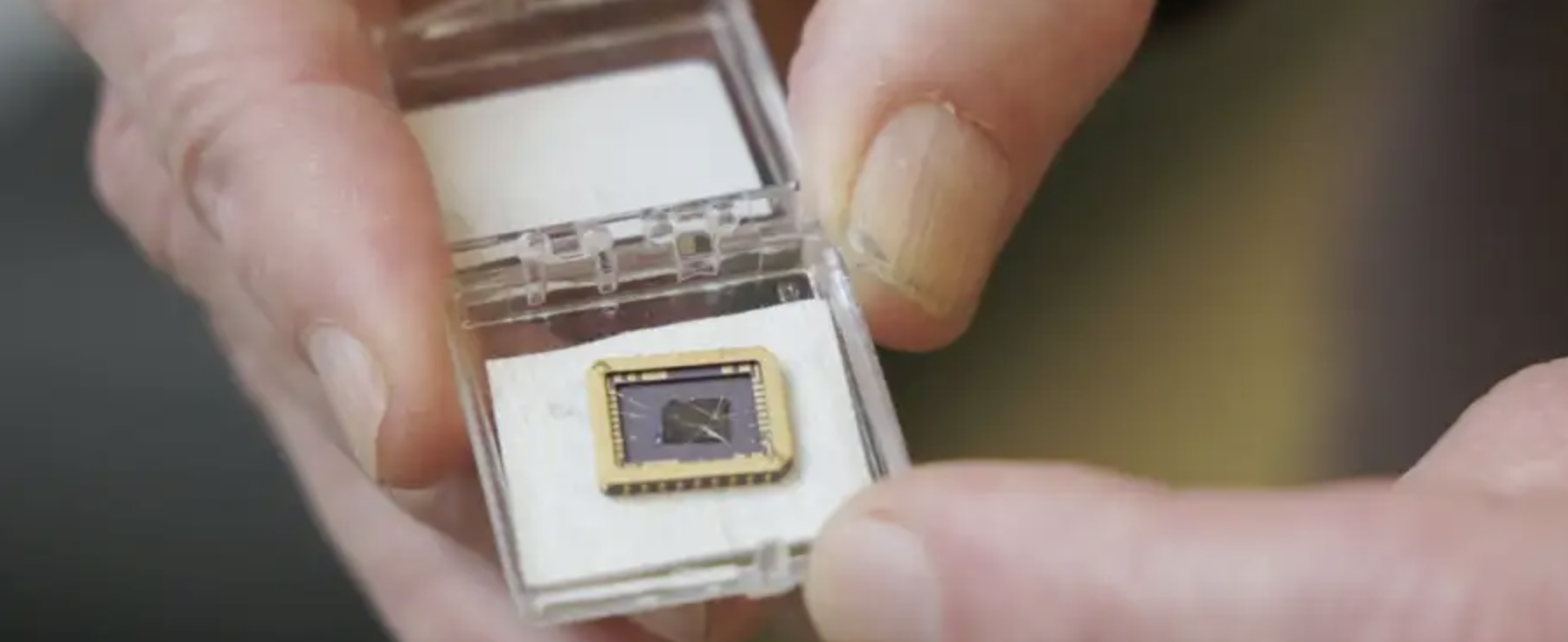First Working Graphene Chips as Next Generation Semiconductors

Semiconductor technologies have long relied on silicon but are now pushing up against the physical boundaries set by Moore’s law. This has driven the search for new materials that could keep powering advances in computing and electronics beyond what is possible with conventional silicon-based approaches.
In a recent scientific breakthrough published in Nature, researchers have made significant progress in enhancing the properties of graphene, a revolutionary material that holds immense potential for the future of electronics.
Graphene, a single layer of carbon atoms arranged in a hexagonal lattice, possesses remarkable conductivity but lacks an intrinsic bandgap necessary for its application as a semiconductor. Without a bandgap, graphene cannot effectively control the flow of electrons, limiting its application in digital switches and precise current control, hindering the development of energy-efficient and advanced electronic devices. However, scientists have now discovered a method to overcome this limitation, opening up new possibilities for ultra-high mobility semiconducting epitaxial graphene on silicon carbide.
The research team from Tianjin University in China, along with collaborators from the Georgia Institute of Technology in the United States, successfully developed a process to create high-quality semiconducting graphene with an impressive bandgap of 0.6 electron volts (eV). This breakthrough enables graphene to function as a highly efficient semiconductor, surpassing the limitations of conventional silicon-based electronics.
To understand the significance of this achievement, let’s think of graphene as a superhighway for electrons, allowing them to move at incredible speeds. However, without a bandgap, it was like a highway without any traffic lights or exits. This breakthrough introduces traffic lights (the bandgap) at strategic points along the highway, enabling precise control of electron flow and opening up new avenues for advanced electronic devices.
Previously, attempts to create a bandgap in graphene either through quantum confinement or chemical modifications fell short of achieving the desired results. However, the research team discovered that by growing graphene on silicon carbide crystals and using a specialized annealing method, they could produce a buffer layer of graphene with a well-ordered structure and a significant bandgap.
 SEG production
SEG production
One of the key advantages of this new semiconducting epitaxial graphene (SEG) is its exceptional mobility, which refers to the ease with which electrons can move through the material. At room temperature, SEG exhibits mobilities exceeding 5000 square centimeters per volt-second (cm2/Vs). To put this into perspective, it is more than 20 times larger than the limit imposed by phonon scattering in other 2D semiconductors and significantly surpasses the mobility of traditional silicon.
Imagine if you could upgrade your computer’s processor to one that allows data to travel 20 times faster, enabling lightning-fast computations and seamless multitasking. That’s the kind of advancement SEG brings to the table. It not only outperforms current silicon-based technology but also opens up possibilities for even faster and more efficient electronic devices in the future.
Moreover, SEG exhibits exceptional stability and compatibility with existing manufacturing processes. It can be easily patterned and integrated with other graphene layers, making it an ideal candidate for next-generation nanoelectronics. The lattice alignment with the silicon carbide substrate ensures robust mechanical and thermal properties, further enhancing its suitability for practical applications.
While the research is still in its early stages, the breakthrough holds immense promise for various fields, including telecommunications, computing, and energy storage. Faster and more energy-efficient electronic devices could revolutionize industries and improve our everyday lives.
The research team’s findings mark a significant step forward in unlocking the full potential of graphene as a semiconductor. As scientists continue to explore and refine this technology, we can look forward to a future where electronics are faster, smaller, and more powerful than ever before.
[1]J.Cui, G. Ming, F. Wang, J. Li, P. Wang, S. Kang, F. Zhao, D. Zhong, and G.Mei,“Realization of a Rubidium Atomic Frequency Standard with Short-Term Stability in 10-14τ-1/2 Level”,IEEE, doi: 10.1109/TIM.2023.3348883



